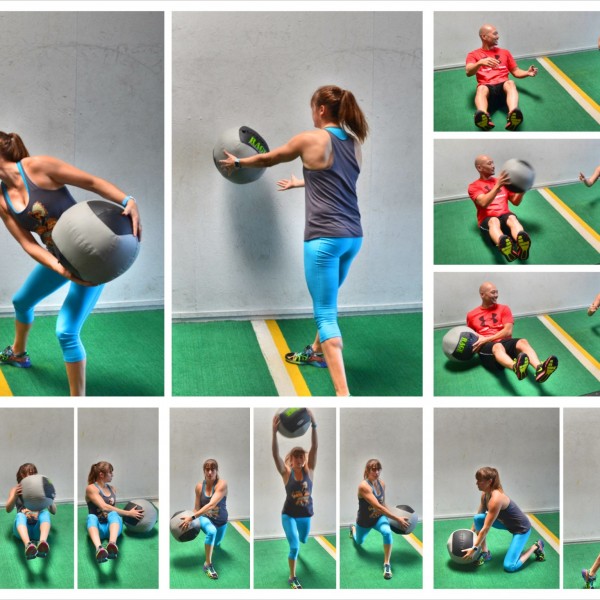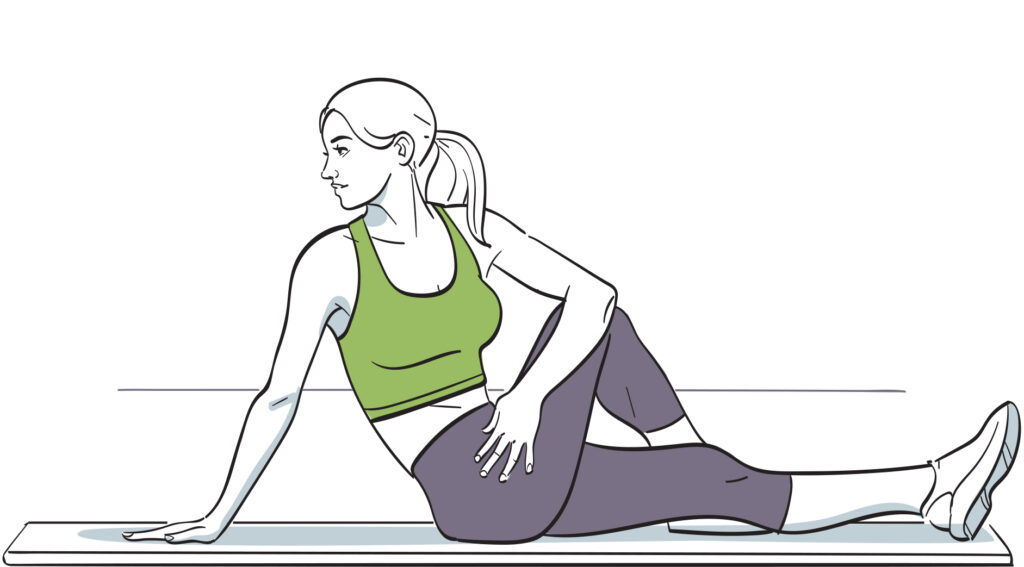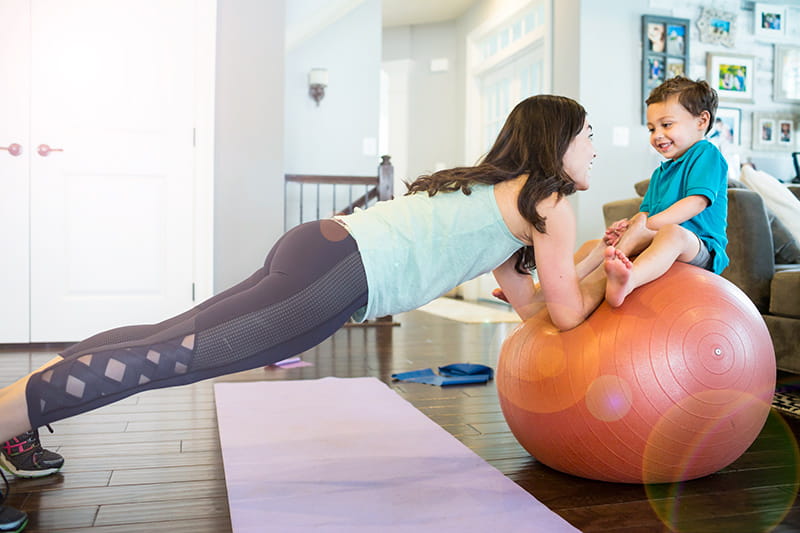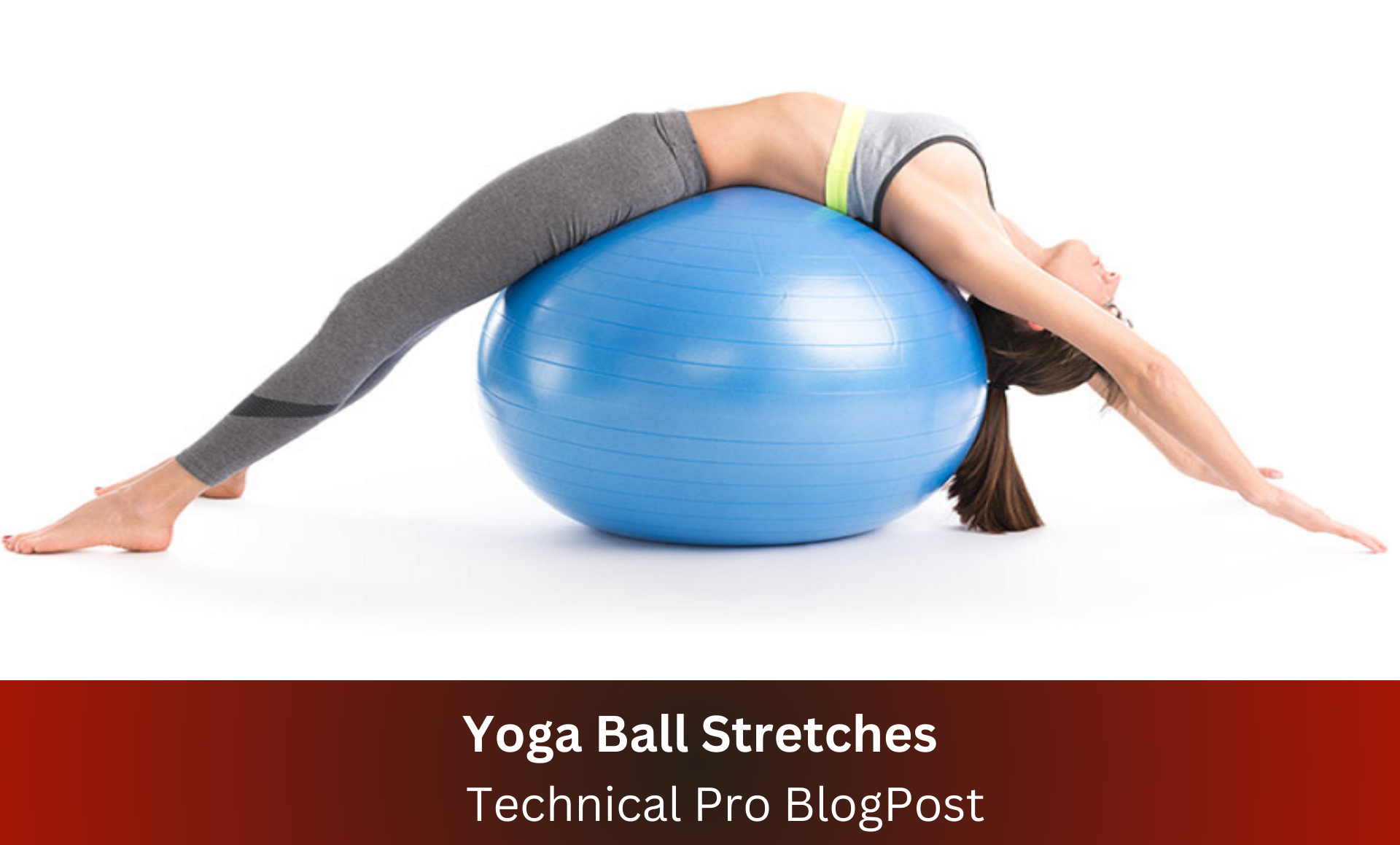Yoga balls, also known as stability balls, exercise balls, or Swiss balls, have become a staple in fitness routines around the world. Their versatility and ability to enhance stretching and strengthening exercises make them an invaluable tool for both beginners and advanced practitioners. This article will delve into various aspects of yoga ball stretches, their benefits, and best practices for incorporating them into your daily routine.
Can I Stretch Every Day?
Absolutely! Daily stretching is highly recommended, especially for those who lead sedentary lifestyles or engage in strenuous physical activities. Stretching every day helps maintain flexibility, reduces muscle stiffness, and improves overall range of motion. However, it’s important to listen to your body and avoid overstretching, which can lead to injuries. Using a yoga ball can make stretching more dynamic and less strenuous on your joints.
What Are the Benefits of Ball Stretches?
1. Improved Flexibility
Yoga ball stretches enhance your flexibility by allowing a greater range of motion. The ball supports your body, enabling deeper stretches and more effective muscle elongation.
2. Enhanced Core Strength
Many Yoga Ball Stretches exercises engage the core muscles, including the abdominals, obliques, and lower back muscles. This engagement helps improve overall core strength, which is crucial for balance and stability.
3. Better Posture
Using a yoga ball requires you to stabilize your body, which promotes better posture. Regular practice can strengthen the muscles that support your spine, reducing the likelihood of back pain.
4. Increased Balance and Coordination
Balancing on a yoga ball challenges your coordination and stability. Over time, this can lead to improved balance and body awareness, which are essential for overall physical health.
5. Stress Relief
Stretching on a yoga ball can be a relaxing activity. It helps reduce muscle tension and promotes relaxation, which can alleviate stress and improve mental well-being.
6. Enhanced Athletic Performance
For athletes, incorporating yoga ball stretches can improve flexibility and range of motion, which are key components in preventing injuries and enhancing performance.
What Are Yoga Ball Stretches Used For?
Yoga balls are incredibly versatile and can be used for a variety of exercises and stretches. They are commonly used for:
1. Core Strengthening Exercises
Exercises like crunches, planks, and leg lifts performed on a yoga ball engage the core muscles more effectively than those performed on a flat surface.
2. Balance Training
Standing or kneeling on a yoga ball while performing exercises challenges your balance and coordination.
3. Flexibility and Stretching
Yoga balls are perfect for performing deep stretches that target various muscle groups. They provide support and stability, allowing for a greater range of motion.
4. Rehabilitation
Yoga balls are often used in physical therapy to aid in the rehabilitation of injuries, particularly those involving the back, hips, and shoulders.
5. Pregnancy Exercises
Expectant mothers often use yoga balls for gentle stretching and strengthening exercises that help alleviate pregnancy-related discomfort.
Basic Yoga Ball Stretches

Seated Yoga Ball Stretches
- Sit on the yoga ball with feet flat on the ground.
- Roll the ball forward while leaning back slightly.
- Hold for 15-30 seconds.
Back Stretch
- Lie with your back on the ball, feet flat on the floor.
- Extend your arms above your head and let your body drape over the ball.
- Hold for 15-30 seconds.
Hamstring Stretch
- Place one leg on top of the ball while standing.
- Lean forward towards your toes.
- Hold for 15-30 seconds, then switch legs.
Intermediate Yoga Ball Stretches
Torso Twist
- Sit on the ball with feet firmly on the ground.
- Hold a medicine ball or similar weight.
- Twist your torso from side to side.
Chest Opener
- Lie on your back with the ball supporting your upper back.
- Extend your arms to the sides.
- Hold for 15-30 seconds.
Abdominal Crunch
- Sit on the ball and walk your feet forward until your lower back is supported.
- Perform a crunch by lifting your shoulders towards your knees.
- Repeat for 15-20 repetitions.
Advanced Yoga Ball Stretches
Pike Roll-Out
- Start in a plank position with your shins on the ball.
- Roll the ball towards your hands by lifting your hips.
- Roll back to the starting position.
- Repeat for 10-15 repetitions.
Single-Leg Bridge
- Lie on your back with your feet on the ball.
- Lift one leg and press the other foot into the ball, lifting your hips.
- Lower back down and switch legs.
- Repeat for 10-15 repetitions each leg.
Plank with Leg Lift
- Get into a plank position with your shins on the ball.
- Lift one leg while maintaining balance.
- Hold for 15-30 seconds, then switch legs.
Stretching for Specific Goals

Improving Flexibility
To improve flexibility, focus on stretches that target major muscle groups. Hold each stretch for at least 30 seconds and repeat multiple times.
Enhancing Core Strength
Core strength is crucial for stability. Incorporate exercises like plank variations and abdominal crunches.
Alleviating Back Pain
For back pain relief, focus on stretches that elongate the spine and strengthen the back muscles. The back stretch and seated ball stretch are particularly effective.
Safety Tips for Yoga Ball Stretches

Proper Form
Maintaining proper form is essential to prevent injuries. Engage your core and avoid overextending your limbs.
Warm-Up and Cool-Down
Always start with a warm-up to prepare your muscles and end with a cool-down to aid recovery.
Listening to Your Body
Avoid pushing through pain. If a stretch feels uncomfortable, stop and adjust your position.
Integrating Yoga Ball Stretches into Your Routine
Daily Stretching Routine
Incorporate yoga ball stretches into your daily routine for best results. Aim for at least 10-15 minutes each day.
Combining with Other Exercises
Combine yoga ball stretches with other forms of exercise, such as strength training or cardio, for a well-rounded fitness regimen.
Customizing Your Routine
Customize your routine based on your fitness level and goals. Beginners should start with basic stretches, gradually progressing to more advanced exercises.
Can Yoga Balls Pop?
While yoga balls are designed to be durable, they can pop if they are punctured or if they exceed their weight limit. Most high-quality yoga balls are made from burst-resistant material that deflates slowly rather than popping explosively if punctured. It’s important to check the weight capacity of your ball and inspect it regularly for any signs of wear and tear to ensure safety.
Do Yoga Balls Actually Help?
Yes, yoga balls are effective tools for enhancing fitness routines. They help improve core strength, flexibility, balance, and coordination. The instability of the ball engages more muscle groups, providing a more comprehensive workout compared to exercises performed on a stable surface.
Does a Yoga Ball Help Lose Belly Fat?
While a yoga ball alone won’t directly cause fat loss, incorporating it into a comprehensive fitness routine can help. Exercises performed on a yoga ball engage the core muscles, which can strengthen and tone the abdominal area. Combined with a healthy diet and regular cardio exercise, using a yoga ball can contribute to overall fat loss, including belly fat.
How to Stretch on a Yoga Ball
1. Back Stretch
- How to Do It: Sit on the yoga ball and slowly walk your feet forward, allowing the ball to roll beneath your back until you are lying on it with your feet flat on the floor.
- Benefits: This stretch opens up the chest and shoulders and provides a gentle backbend, relieving tension in the spine.
2. Hamstring Stretch
- How to Do It: Sit on the floor with your legs extended and the yoga ball in front of you. Place one heel on top of the ball and gently lean forward, keeping your back straight.
- Benefits: This stretch targets the hamstrings and helps improve flexibility in the legs.
3. Quadriceps Stretch
- How to Do It: Lie face down with the yoga ball under your hips. Bend one knee and grab your ankle, pulling it towards your glutes.
- Benefits: This stretch targets the quadriceps and helps relieve tension in the front of the thighs.
4. Side Stretch
- How to Do It: Kneel on the floor with the yoga ball to one side. Extend your opposite arm overhead and lean sideways over the ball.
- Benefits: This stretch targets the obliques and improves flexibility in the sides of the body.
5. Child’s Pose
- How to Do It: Kneel on the floor with your toes together and knees apart. Place your hands on the yoga ball and roll it forward, lowering your torso towards the floor.
- Benefits: This stretch gently stretches the lower back, hips, and shoulders.
Why Stretches Are Important
1. Prevent Injuries
Stretching helps prepare your muscles for physical activity, reducing the risk of strains and sprains.
2. Improve Flexibility
Regular stretching keeps your muscles flexible, which is essential for maintaining a full range of motion in the joints.
3. Enhance Circulation
Stretching improves blood flow to the muscles, which can aid in recovery and reduce muscle soreness.
4. Reduce Stress
Stretching promotes relaxation and reduces muscle tension, which can help alleviate stress.
5. Improve Posture
Stretching helps correct muscle imbalances and improve posture, reducing the risk of back and neck pain.
What Type of Stretching Is Best?
1. Static Stretching
Holding a stretch for a prolonged period (usually 15-60 seconds). This type is effective for improving flexibility and is best performed after a workout.
2. Dynamic Stretching
Involves moving parts of your body through a full range of motion. This type is ideal for warming up before physical activity as it prepares the muscles for exercise.
3. Ballistic Stretching
Uses the momentum of a moving body or a limb to force it beyond its normal range of motion. This type is not generally recommended due to the high risk of injury.
4. PNF Stretching (Proprioceptive Neuromuscular Facilitation)
Involves both stretching and contracting the muscle group being targeted. This type is highly effective for increasing flexibility but usually requires a partner or therapist.
5. Active Stretching
Involves holding a stretch using only the strength of your muscles. This type improves muscle strength and flexibility.
6. Passive Stretching
Uses an external force (like a partner or a yoga ball) to achieve a stretch. This type is good for achieving a deeper stretch and is often used in rehabilitation.
Incorporating yoga ball stretches into your routine can significantly enhance your flexibility, strength, and overall fitness. Whether you are a beginner or an advanced practitioner, the yoga ball offers a fun and effective way to improve your physical health.
For more insights on fitness and wellness, visit Tech Blog Post and check out their fitness category.
Remember, consistency is key. Stretch daily, stay mindful of your body’s limits, and enjoy the journey to better health and fitness with your yoga ball.
